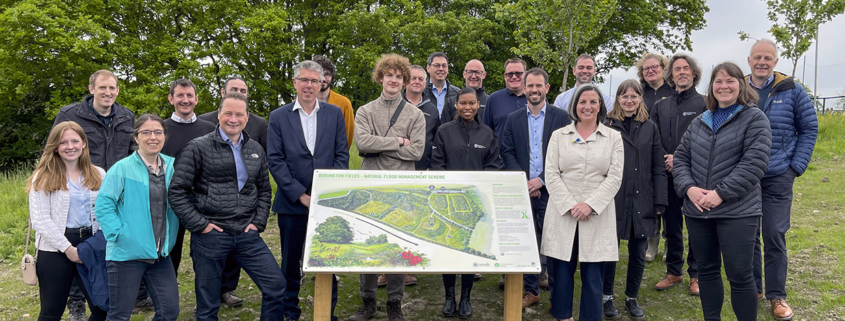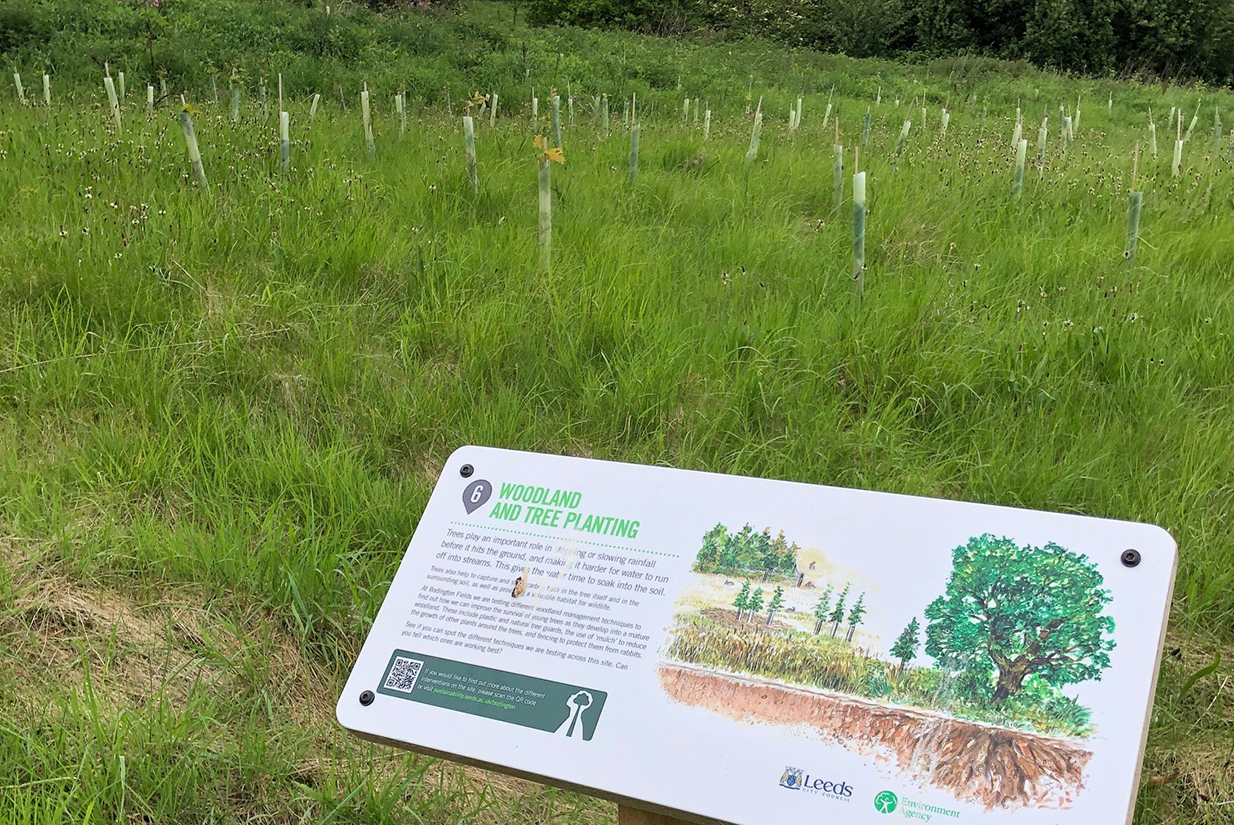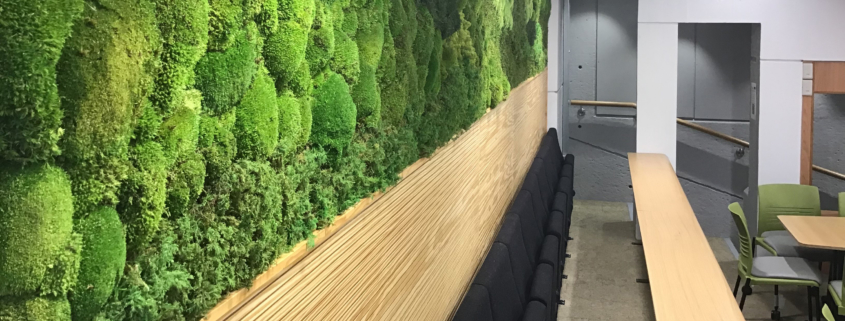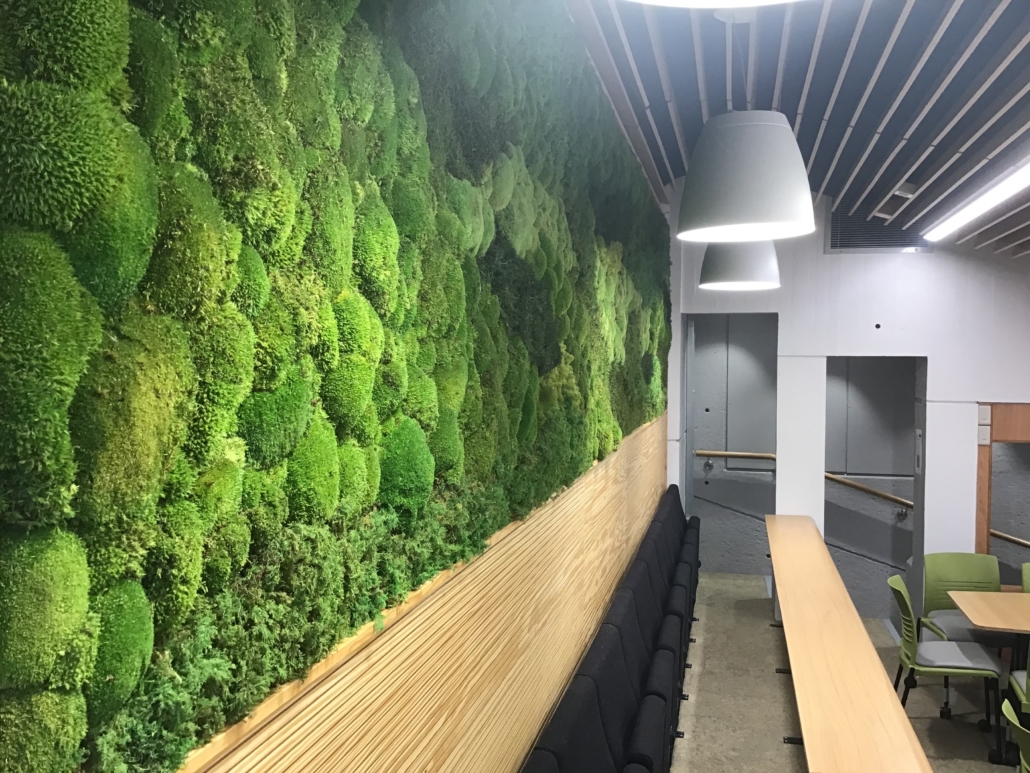University flood management scheme is first in UK
A natural flood management facility at the Brownlee Triathlon Centre, University of Leeds, has now completed.
The first of its kind in the UK, it will reduce flood risk in the area and make it more resilient to the impacts of climate change.
Some of the measures include the planting of 5,000 trees, creating leaky barriers, installing a balancing pond and wetland areas, and improving site drainage which help to slow the flow of water and increase flood resilience in the area.
James Wright from Estates and Facilities, whose team supported the construction and planting phases, liaising with academic colleagues to coordinate soil sampling, said:
“As well as helping to reduce flood risk, this fantastic new development provides a ‘living lab’ for research and teaching at the University of Leeds and contributes to the understanding of flood management at a national level.
“The trees act as a shield to stop and slow rainfall before it reaches the ground and increase carbon capture and storage capacity, providing valuable habitats for local wildlife.
“The University is working towards a Net Zero by 2030 campus.”
Colleagues from Sport & Physical Activity also supported the construction of the project.
Michael Howroyd, Sustainability Projects Officer at the University of Leeds, added:
“The site at Bodington Fields will be invaluable to academics and students, providing hands on research opportunities and data, whilst also providing benefits for local residents, biodiversity and climate.
“The project is a fantastic example of how collaboration across stakeholders can make use of University land for world class research and teaching, which will have an impact across the wider city region and beyond.”
Partnership working
The project has been delivered through a collaboration between the University of Leeds, the Environment Agency, and Leeds City Council and is the second phase of the Leeds Flood Alleviation Scheme which aims to better protect 1,048 homes and 474 businesses from flooding along the River Aire.
Studies are being carried out by the University of Leeds on how to optimise tree densities and to better understand how to improve the survival of young trees as they develop into mature woodland.
The Leeds Flood Alleviation Scheme Natural Flood Management Project is funded by Leeds City Council and aims to deliver natural flood management measures across the Upper Aire Catchment to help slow and store the flow of heavy rainfall and flood waters.
Find out more about Bodington Fields and the natural flood management work conducted by the University of Leeds






